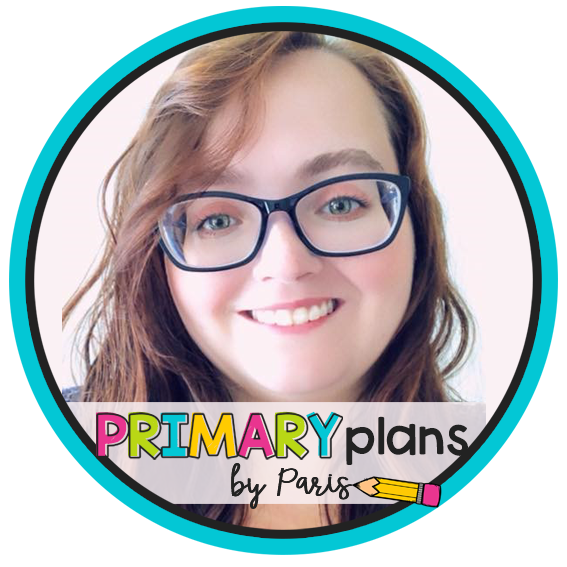Setting up the classroom to maximize student success can be overwhelming, with so many factors to consider. You must be aware of students’ cultures and differentiate to meet the needs of ALL of your kids.
The way I set up my close reads considers students’ cultures and helps scaffold instruction to differentiate. The close reads are based on the Sheltered Instruction Observation Protocol (SIOP) method. In short, SIOP is an eight-component lesson structure to support students, especially English Language Learners. Now, let’s get started.
What is a Close Read?
First of all, what is a close read? A close read is taught whole group, where students examine a text through multiple readings. Each read is for a different purpose, so students develop a deep understanding of the text.
One Book – One Week – Five Purposeful Days
If you are thinking, “Oh my, now I have to think of all these different purposes for reading?” or “For how long do I continue to teach a single book?” Don’t worry, I’ve got you covered!
Each text, or book, is taught for one week. Each day of the week offers a different purpose for students to focus on.
- Monday – Pleasure
- Tuesday – Vocabulary
- Wednesday – Questioning
- Thursday – Standard of Choice
- Friday – Writing
Day 1 – Read Aloud for Pleasure
The first time you read a book, it should always be for pleasure. After all, we as teachers want to instill a love of reading, not just push standards on students.
This is a time to model good reading. Remember to read with inflection, raising and lowering your voice at the right moments to grab students’ attention. Pause at those commas, gasp at those exclamation points!
Day 2 – Total Physical Response Vocabulary
Incorporating movement helps us retain information, whether it be adding hand signals to letter sounds or muscle memory when playing an instrument. For every vocabulary word, my students perform a movement or total physical response. Many are based on American Sign Language or are role play actions.
Let’s take the word “nocturnal.” When I turn the lights off, everyone “flies” around the room like a bat. When I turn the lights on, they drop to the floor and pretend to sleep.
Day 3 – Higher-Order Thinking Questions
Now, here is where you may be in more familiar territory. You may be thinking, “Of course, I ask questions while reading a book!” Yes, questioning plays a big role in helping students learn. Day 3 is all about asking Higher-Order Thinking, or HOT questions to help students understand the story.
HOT questions take a page from Bloom’s Taxonomy. As the name suggests, HOT questions are higher on the pyramid. These questions work less on recall, and more on analyzing and evaluating. Having students try to grasp higher-order thinking will help them develop a deeper understanding of the text.

Day 4 – Standard-Based Instruction
The fourth day of my close reads look different every week. It is based on what standard we are working on. If the standard or objective is, “I can name the characters, setting, and major events in a book,” then it is a good time to create a story map. Turning into a drama class and acting out the book is good for the objective, “I can retell a story.”

Day 5 – Writing
Writing can be used to connect all of the days together by incorporating vocabulary, using HOT, and being standard based. From the example in Day 4 above, students can reference the story map to write about their favorite character.
Sentence Frames
For writing and questioning, I often use sentence frames — sentences that replace some words with blanks. They are easy to create if you think of them as restating the question in answer form. For example, if my question is, “What is your favorite character?” My sentence frame would be, “My favorite character is ______.”
Sentence frames help students speak in complete sentences and gain academic vocabulary. They also help take the pressure off of speaking grammatically correct. Some English Language Learners (ELLs) don’t participate in class because they fear not speaking correctly in front of their peers. Sentence frames help students focus on the content we are trying to teach them instead of forming perfect sentences.

Concrete Connections
This SIOP-based close-read setup doesn’t just benefit ELLs, it benefits all students and you, the teacher. Every student can make more concrete connections with the embedded background knowledge and physical vocabulary. The consistent schedule will build students’ confidence, and in turn build more academic success.
I compile all the close-read components into slideshows. Using slideshows ensures that you don’t miss a step while teaching. I know I always forget to restate the learning objective, especially when the principal walks in. Speaking of the principal, the close-read slideshows also hit the major parts of the teacher evaluation: technology, student engagement and interaction. You can grab my slideshows below to set up close-read success in your classroom!

Check out my Instagram highlight on close reads to see them in action!











